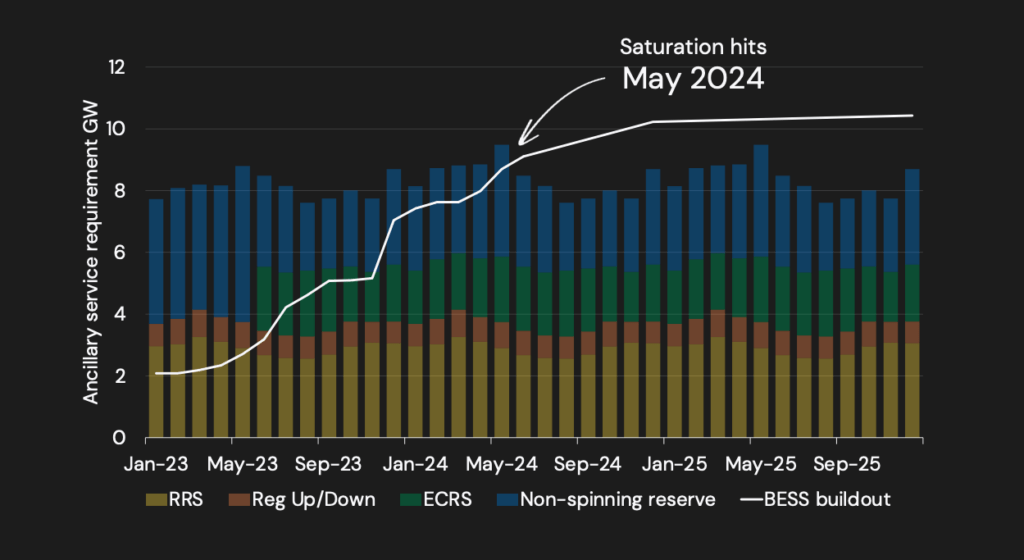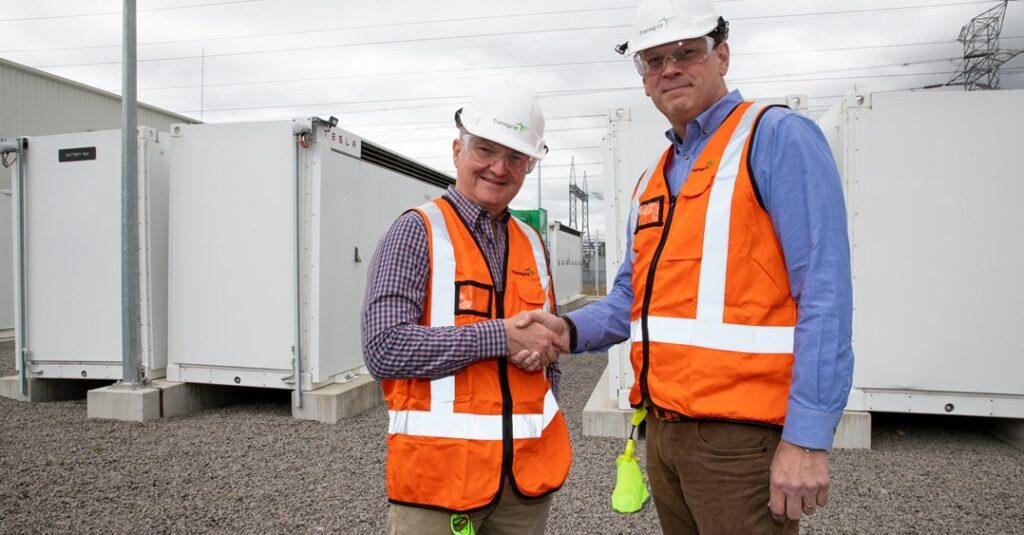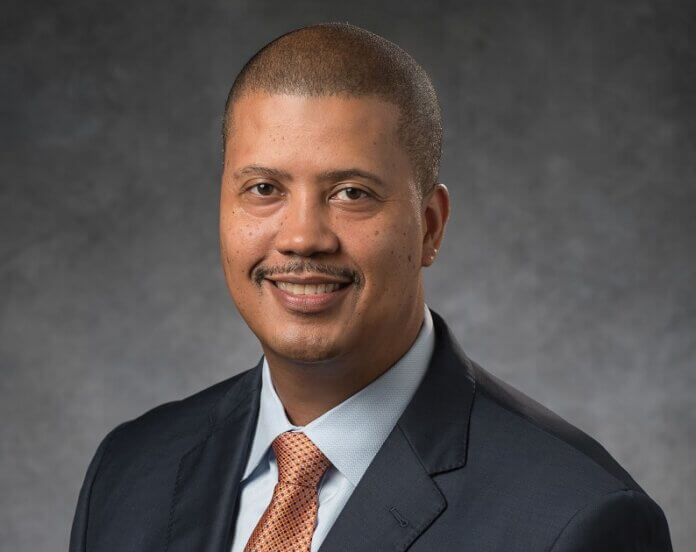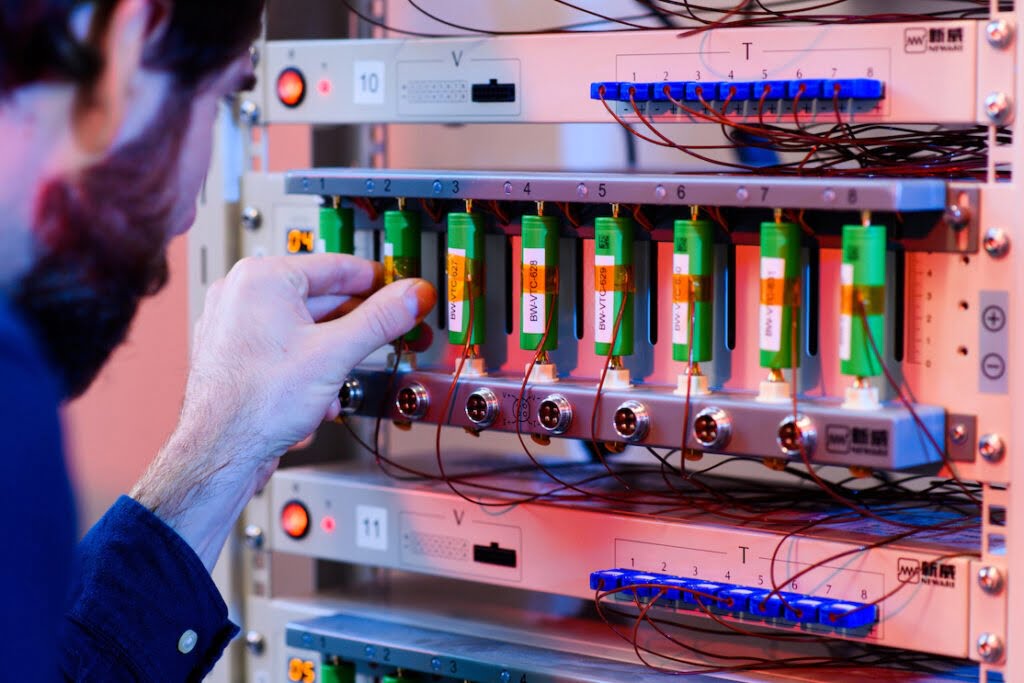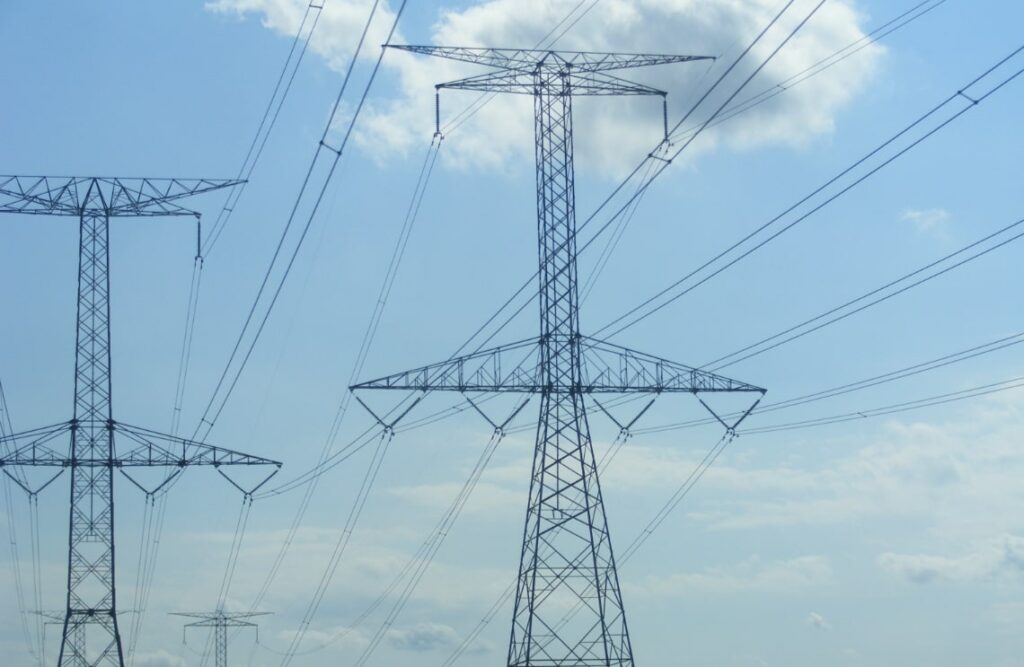Abigail Ross Hopper
The Solar Energy Industries Association (SEIA) says more than 400 companies from across the solar value chain have sent a letter to Congress warning against H.J.Res 39, which would repeal President Joe Biden’s solar tariff moratorium.
President Biden issued an executive action last June to pause new solar tariffs for two years in response to a near-complete shutdown of solar module supply in the U.S. caused by the Auxin Solar tariff investigation. A group of lawmakers are attempting to overturn this action and force American companies to pay more than $1 billion in retroactive duties.
“Congress just passed historic clean energy legislation that is sparking a wave of project deployment and manufacturing investments, but passing this CRA bill will undo much of this progress and have a devastating economic impact in communities across the country,” says Abigail Ross Hopper, president and CEO of SEIA.
“The tariff pause provided business certainty that kept solar projects moving forward while providing a bridge for domestic manufacturing to grow,” she adds. “This deeply flawed use of the Congressional Review Act (CRA) rips the rug out from underneath American businesses and will cause thousands of workers to lose their livelihoods.”
Analysis from SEIA shows that passing this CRA legislation will eliminate 30,000 American jobs, including 4,000 manufacturing jobs. It will cause the cancellation of 4 GW of solar project deployment in 2023 worth over $4.2 billion in investment. This lost deployment represents 14% of expected solar installations this year and will increase carbon emissions from the power sector by 24 million metric tons.
The letter emphasizes the need to grow domestic manufacturing and reduce reliance on imports but urges lawmakers to not undermine the very legislation that is positioning America as a solar manufacturing powerhouse.
“This misguided resolution would stall America’s clean energy progress and put thousands of construction jobs at risk,” says George Hershman, CEO of SOLV Energy and chairman of SEIA’s board of directors. “The president’s action to provide business certainty with a pause on tariffs while the supply chain shifts, combined with the historic investments in the Inflation Reduction Act, has enabled solar companies to hire more workers and greenlight projects while the U.S. scales up its manufacturing capacity here at home. Ending the two-year reprieve would effectively halt our momentum and undercut American growth in this industry. We need Congress to stand with solar job creators and reject this dangerous effort.”
“Since the announcement of the two-year pause on solar tariffs and the passage of the Inflation Reduction Act, we’ve seen a huge uptick in the development of American solar manufacturing facilities,” adds Chad Farrell, co-CEO and founder of Encore Renewable Energy. “The administration’s action provided our company with the certainty needed to continue to build solar projects while providing an important bridge for domestic manufacturing to scale.”
Continue reading




